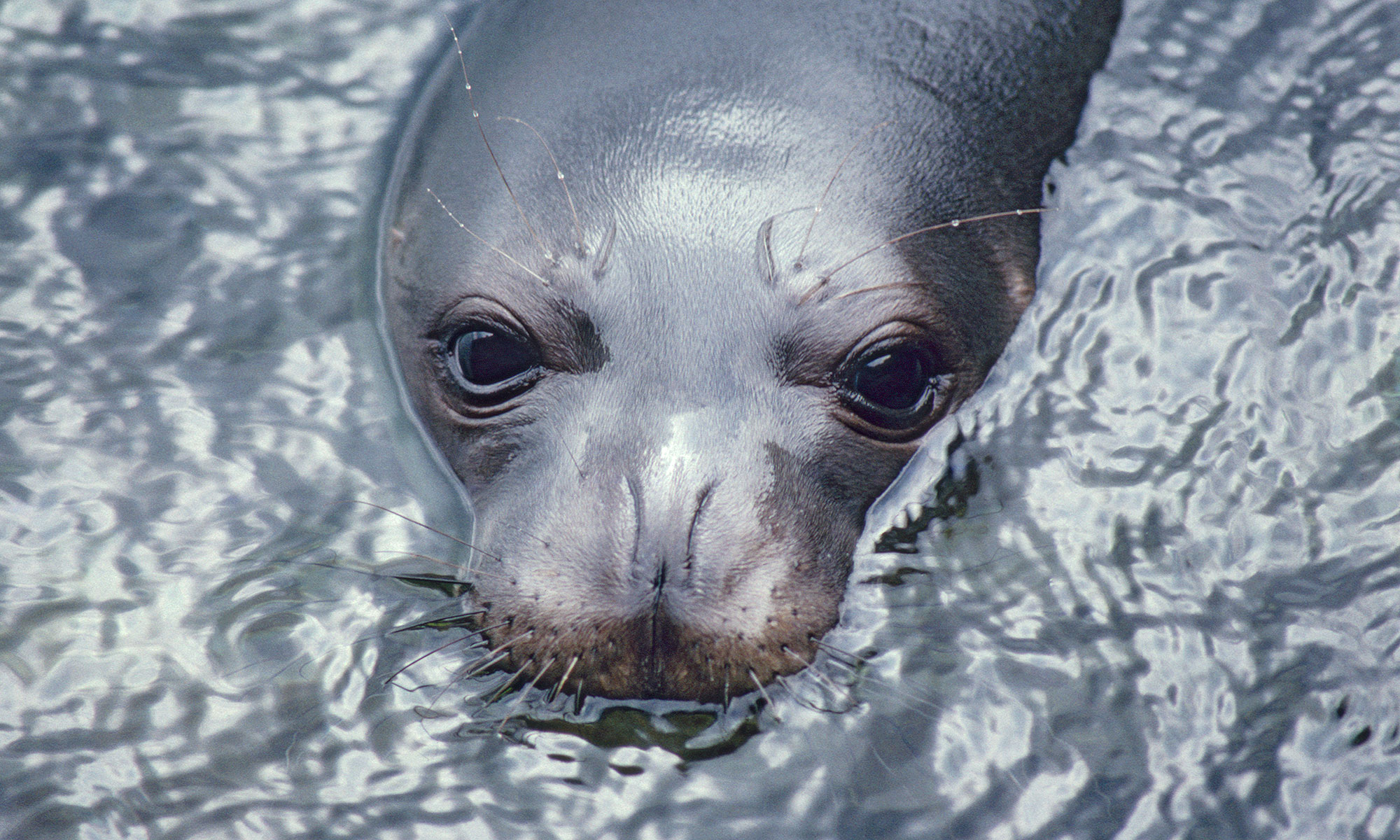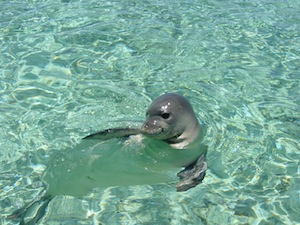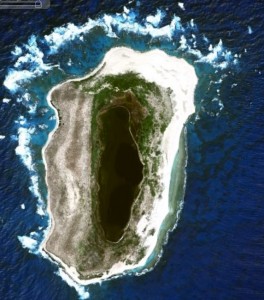Recent Publications
Chandler, W., E. Douce, K. Shugart-Schmidt, T. Watson, M. Sproat, F. Rosenstiel, K. Yentes, X. Escovar-Fadul, and T. Laubenstein. 2015. Enhancing the future of the Hawaiian monk seal: recommendations for the NOAA recovery program. Marine Conservation Institute. Seattle, WA: 1-80. [PDF 4.3MB]
Executive Summary
 Marine Conservation Institute undertook this report on the Hawaiian Monk Seal Recovery Program for the purpose of enhancing the conservation prospects of one of the world’s most endangered pinnipeds. The Hawaiian monk seal (Neomonachus schauinslandi), whose estimated population now hovers between 900 and 1,100 animals, has suffered a 60-year decline despite the efforts of National Oceanic and Atmospheric Administration’s (NOAA) National Marine Fisheries Service (NMFS) and others to reverse it. Although some may view the seal’s fate as hopeless, it is not. Despite difficult circumstances, NMFS and its partners have made progress on several fronts to slow the seal’s decline. Encouragingly, NMFS estimates that up to 32 per cent of all seals living in 2012 were alive because of hundreds of interventions taken by the agency over many years to enhance the survival of individual seals at risk. Continue reading “Enhancing the future of the Hawaiian monk seal: recommendations for the NOAA recovery program”
Marine Conservation Institute undertook this report on the Hawaiian Monk Seal Recovery Program for the purpose of enhancing the conservation prospects of one of the world’s most endangered pinnipeds. The Hawaiian monk seal (Neomonachus schauinslandi), whose estimated population now hovers between 900 and 1,100 animals, has suffered a 60-year decline despite the efforts of National Oceanic and Atmospheric Administration’s (NOAA) National Marine Fisheries Service (NMFS) and others to reverse it. Although some may view the seal’s fate as hopeless, it is not. Despite difficult circumstances, NMFS and its partners have made progress on several fronts to slow the seal’s decline. Encouragingly, NMFS estimates that up to 32 per cent of all seals living in 2012 were alive because of hundreds of interventions taken by the agency over many years to enhance the survival of individual seals at risk. Continue reading “Enhancing the future of the Hawaiian monk seal: recommendations for the NOAA recovery program”

 The Final PEIS for Hawaiian Monk Seal Recovery Actions was made available for public review from April 11 to May 12, 2014. The Preferred Alternative identified in the Final PEIS is Alternative 3, Limited Translocation. The Preferred Alternative does not include any translocation option that involves moving seals born in the Northwestern Hawaiian Islands and releasing them in the main Hawaiian Islands. The Final PEIS is available at:
The Final PEIS for Hawaiian Monk Seal Recovery Actions was made available for public review from April 11 to May 12, 2014. The Preferred Alternative identified in the Final PEIS is Alternative 3, Limited Translocation. The Preferred Alternative does not include any translocation option that involves moving seals born in the Northwestern Hawaiian Islands and releasing them in the main Hawaiian Islands. The Final PEIS is available at: The Hawaiian Monk Seal Research Program is posting some fascinating updates and observations on its
The Hawaiian Monk Seal Research Program is posting some fascinating updates and observations on its  In 2010 and 2011 NOAA Fisheries staff began to observe a nine-year old monk seal, KE18, attacking newly weaned and juvenile seals at Kure Atoll in the NWHI; causing injuries including lacerations, scratches and puncture wounds on this critical component of the monk seal population. KE18 seriously injured 10 of the 13 pups and an additional three juveniles during the 2010 and 2011 field camps on Kure Atoll. When KE18 transited to Midway Atoll there were two unexplained deaths during his time there.
In 2010 and 2011 NOAA Fisheries staff began to observe a nine-year old monk seal, KE18, attacking newly weaned and juvenile seals at Kure Atoll in the NWHI; causing injuries including lacerations, scratches and puncture wounds on this critical component of the monk seal population. KE18 seriously injured 10 of the 13 pups and an additional three juveniles during the 2010 and 2011 field camps on Kure Atoll. When KE18 transited to Midway Atoll there were two unexplained deaths during his time there.